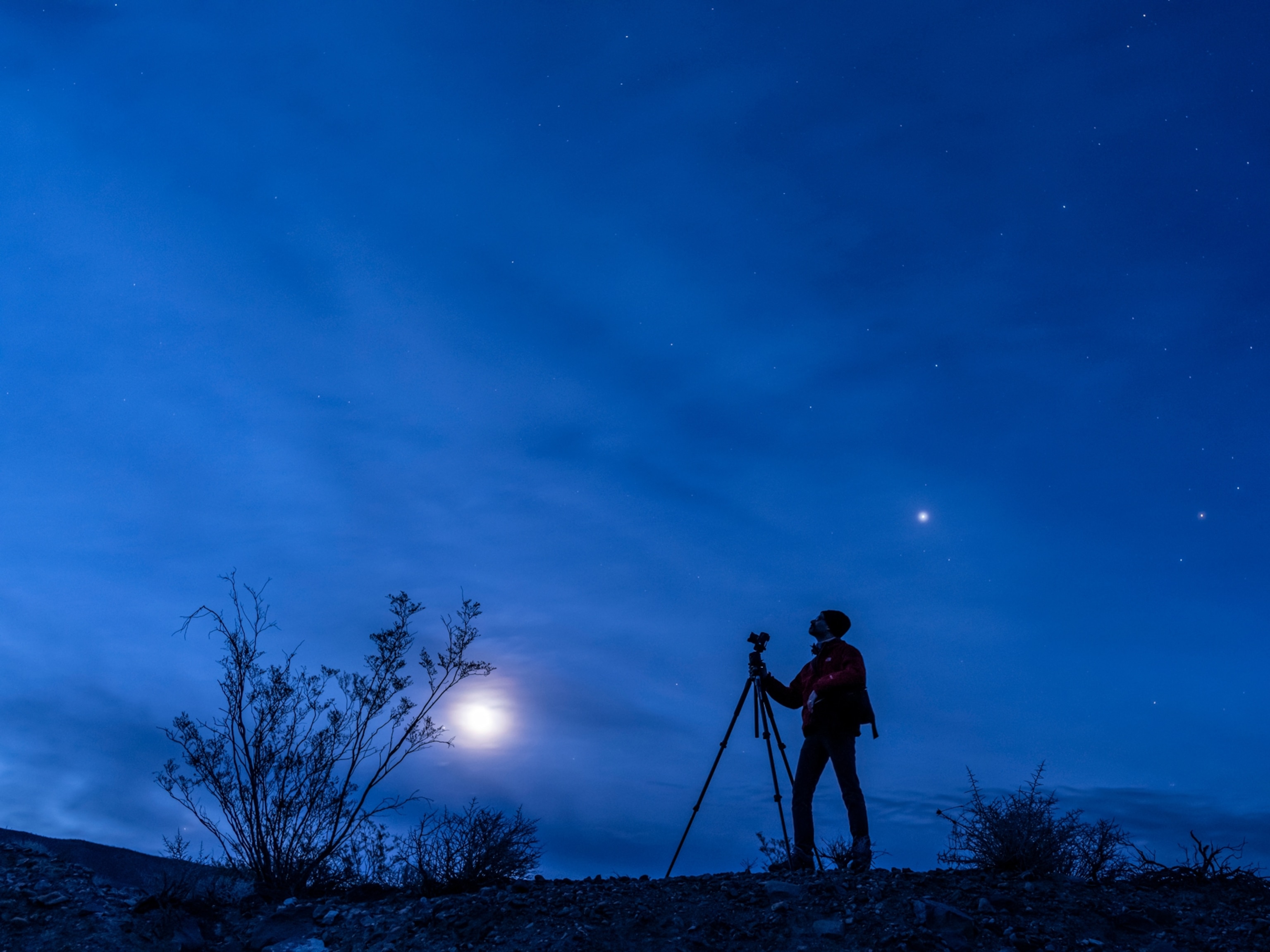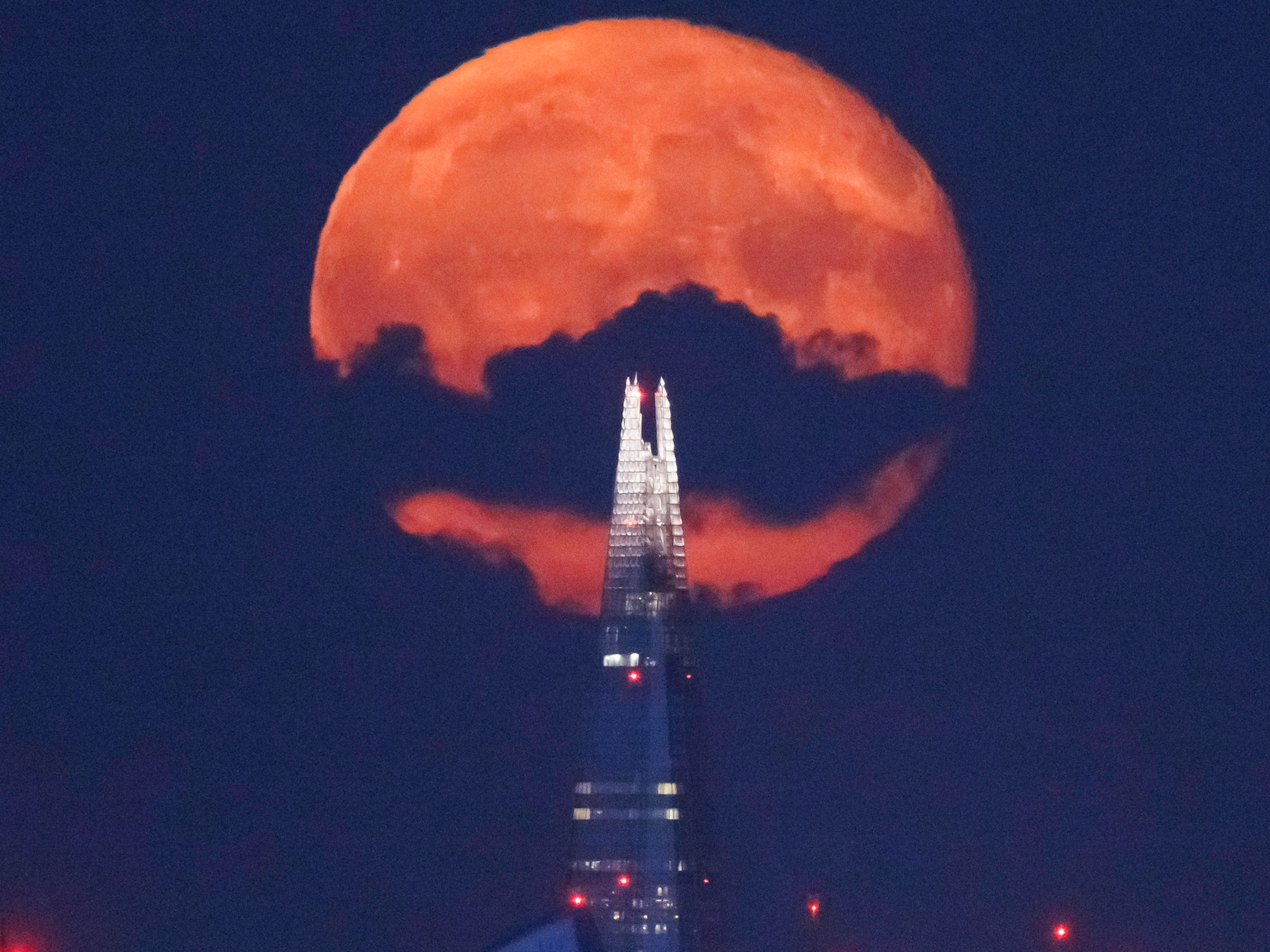
5 Sky Events This Week: See the Andromeda Galaxy and a Jovian Moon-Over-Moon Eclipse
Watch for the Andromeda galaxy, the most distant object visible to the naked eye, and an eclipse of two of Jupiter's moons.
This week sky-watchers get to soak in a Jovian eclipse and also travel millions of years back in time to glimpse the crown jewel of a celestial princess.
Leonids Trickle
Late on Monday, November 17, look in the far northeast sky for the Leonid shooting stars to streak by every few minutes.
Where skies are dark, up to ten meteors per hour may be seen radiating out from the namesake constellation: Leo, the lion.
For more on the Leonids, check out our viewer's guide.
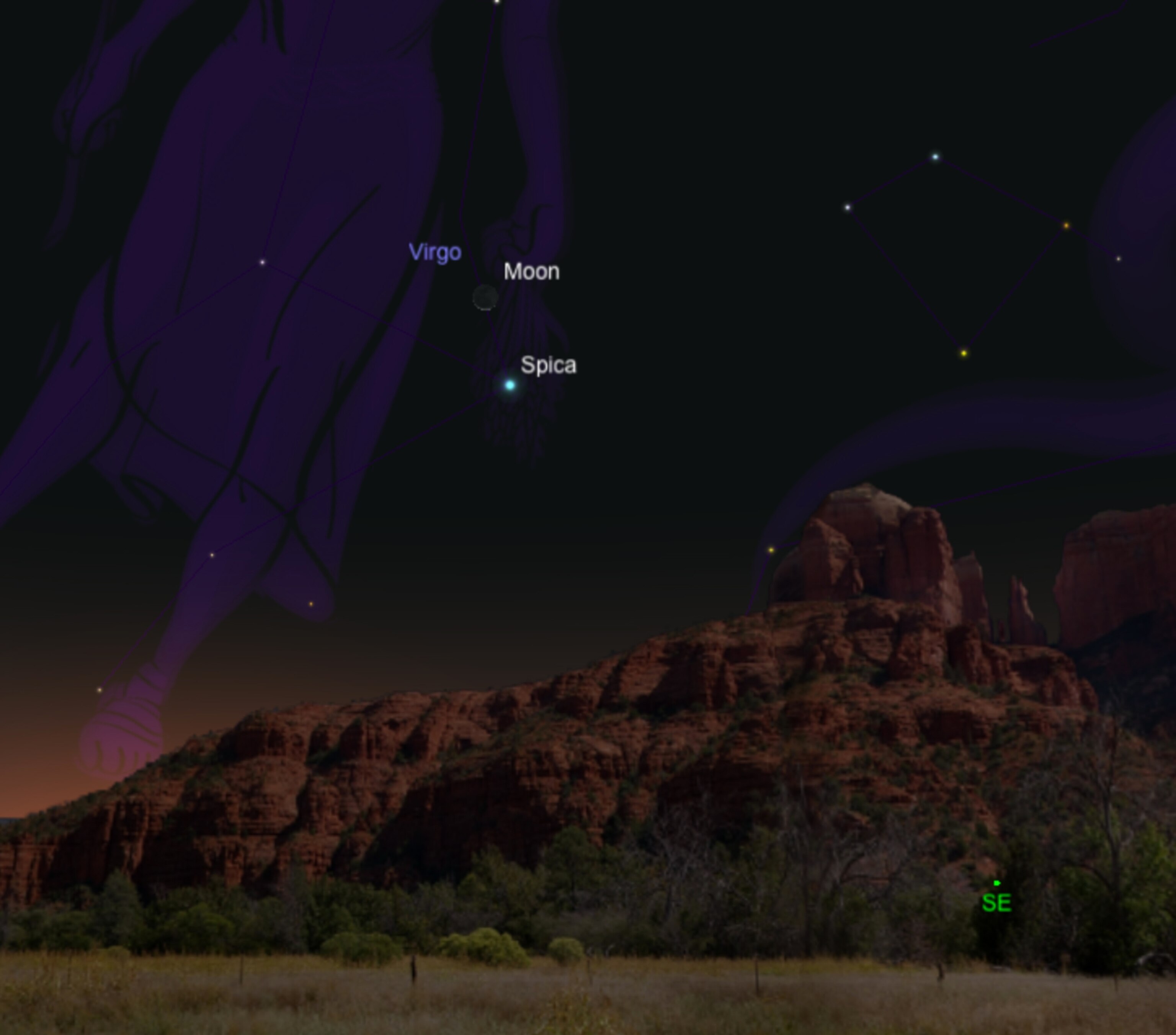
Moon and Spica
Early risers on Wednesday, November 19, can look for the waning crescent moon in the low southeast sky at dawn next to the bright, blue-white star Spica.
Spica, the 250-light-year-distant lead member of the constellation Virgo (known as "the maiden"), will appear less than four degrees from the moon. That separation is smaller than the width of your three middle fingers at arm's length.
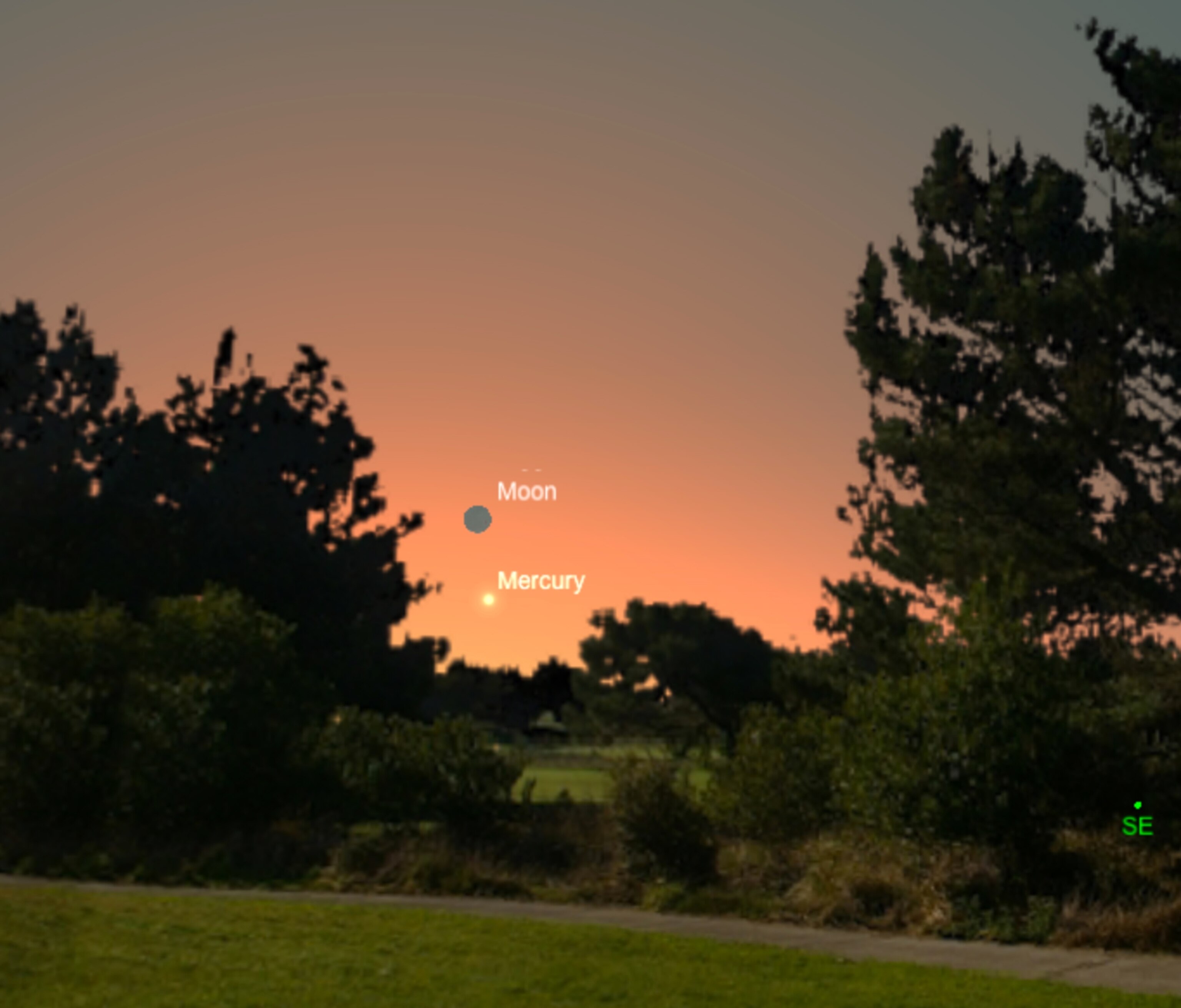
Moon Meets Mercury
By dawn on Friday, November 21, the moon will have shrunk to a razor-thin crescent even closer to the southeast horizon and will park itself near the planet Mercury.
This will be a challenge for viewers since the pair will be less than ten degrees above the horizon 30 minutes before local sunrise. Best views will be from southern latitudes using binoculars to cut through dawn's glare.
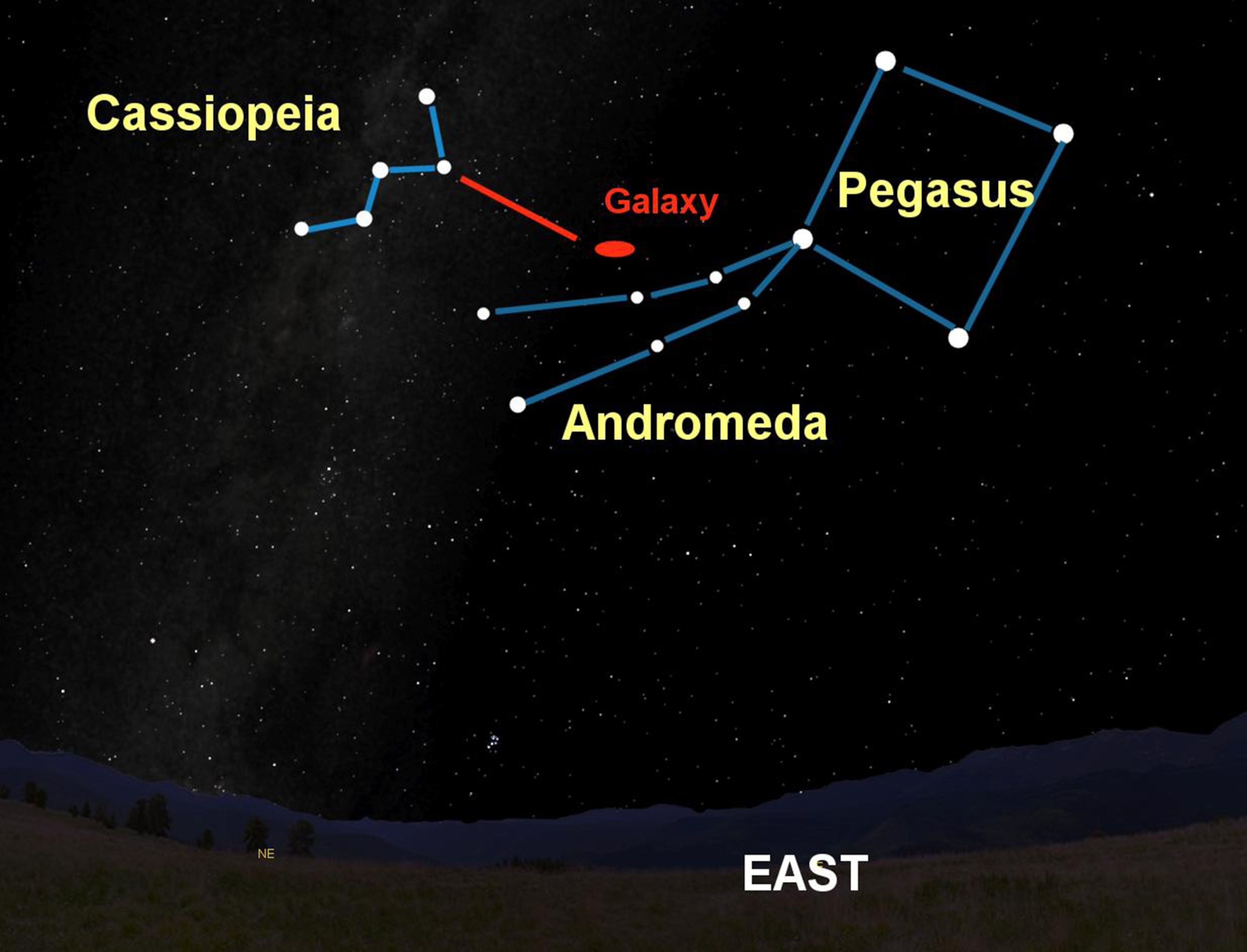
Andromeda Galaxy
With a new moon bringing dark skies on Saturday, November 22, it's the perfect time to hunt down the most distant object visible to the naked eye: the great Andromeda galaxy.
Facing the northeast autumn evening sky, look for the lopsided, W-shaped constellation Cassiopeia, "the queen." This prominent constellation points directly at our neighboring spiral galaxy, Andromeda, in its constellation of the same name (after a mythical Greek princess). Cassiopeia's pointer star, Shedar, and the Andromeda galaxy are separated by about 15 degrees-less than two side-by-side fists at arm's length.
In a dark location away from light pollution, you should be able to spot the galaxy as a faint, 3.4-magnitude fuzzy patch in the sky.
The galaxy is easily visible even from within city limits anywhere across the Northern Hemisphere using nothing more than binoculars. Or try a small telescope to reveal the object as an elongated oval patch with two much smaller oval patches beside it. These are dwarf elliptical companion galaxies that orbit the giant spiral.
Known also as Messier 31, Andromeda is the largest of our neighboring galaxies and is home to at least 300 billion suns, making it about three times as large as the Milky Way.
This magnificent island of stars lies about 2.6 million light-years away. So when we look at this galaxy tonight, we see it as it looked around the time saber-toothed tigers first roamed North America.
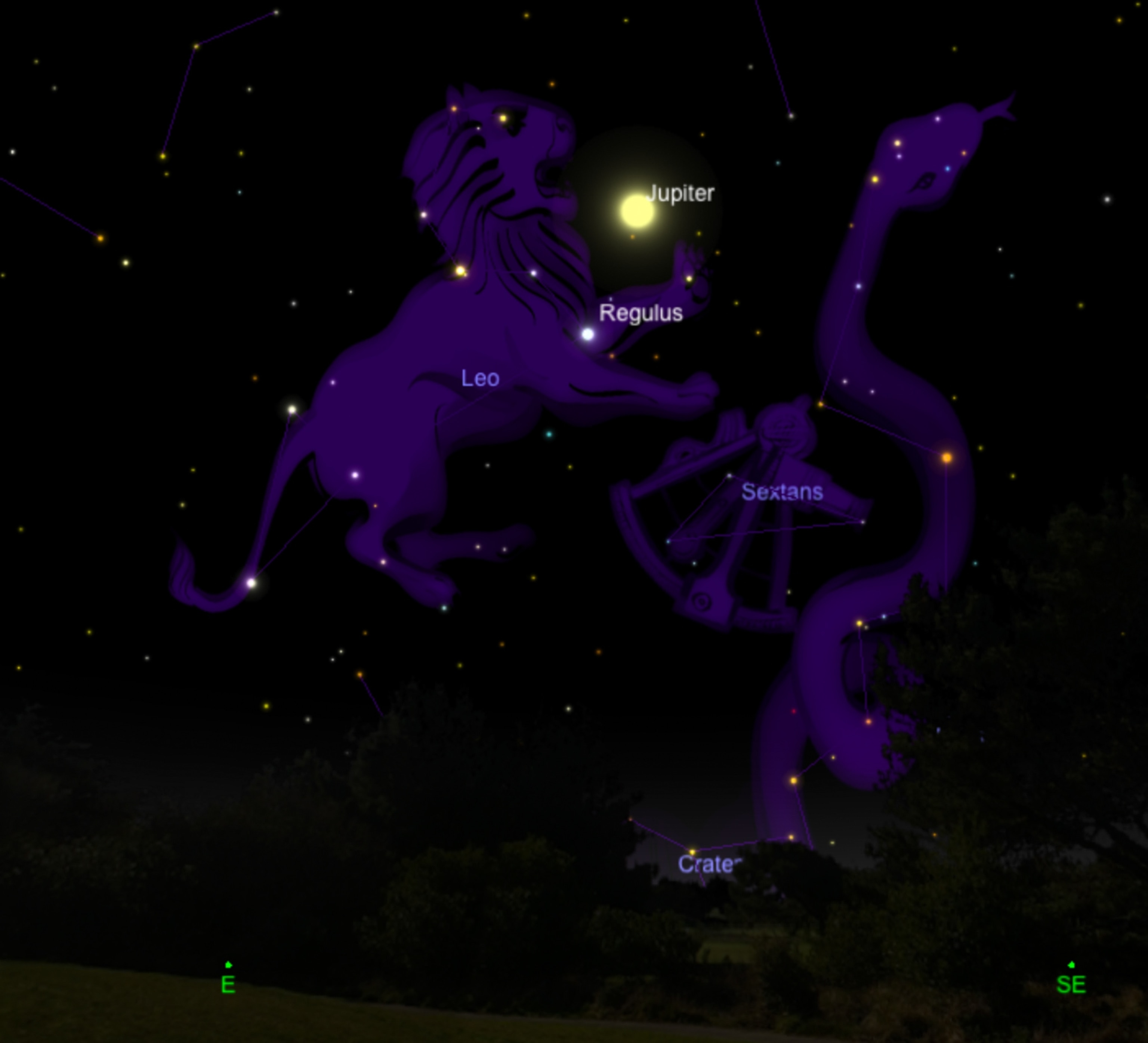
Jovian Moon Eclipse
Early risers on Sunday, November 23, will have a chance to witness a special type of eclipse involving two moons of Jupiter, starting at 2:16 a.m. EST.
Visible through even the smallest of backyard telescopes, the moon Io will occult (cover) fellow Jovian moon Europa for a few minutes just off of Jupiter's eastern limb.
Look for Jupiter in the early morning hours high in the southeast, next to constellation Leo's bright star Regulus.
Because Jupiter is so overwhelmingly bright, it will be best to move the planet just out of the field of view when looking at this Jupiter moon eclipse through a telescope.



